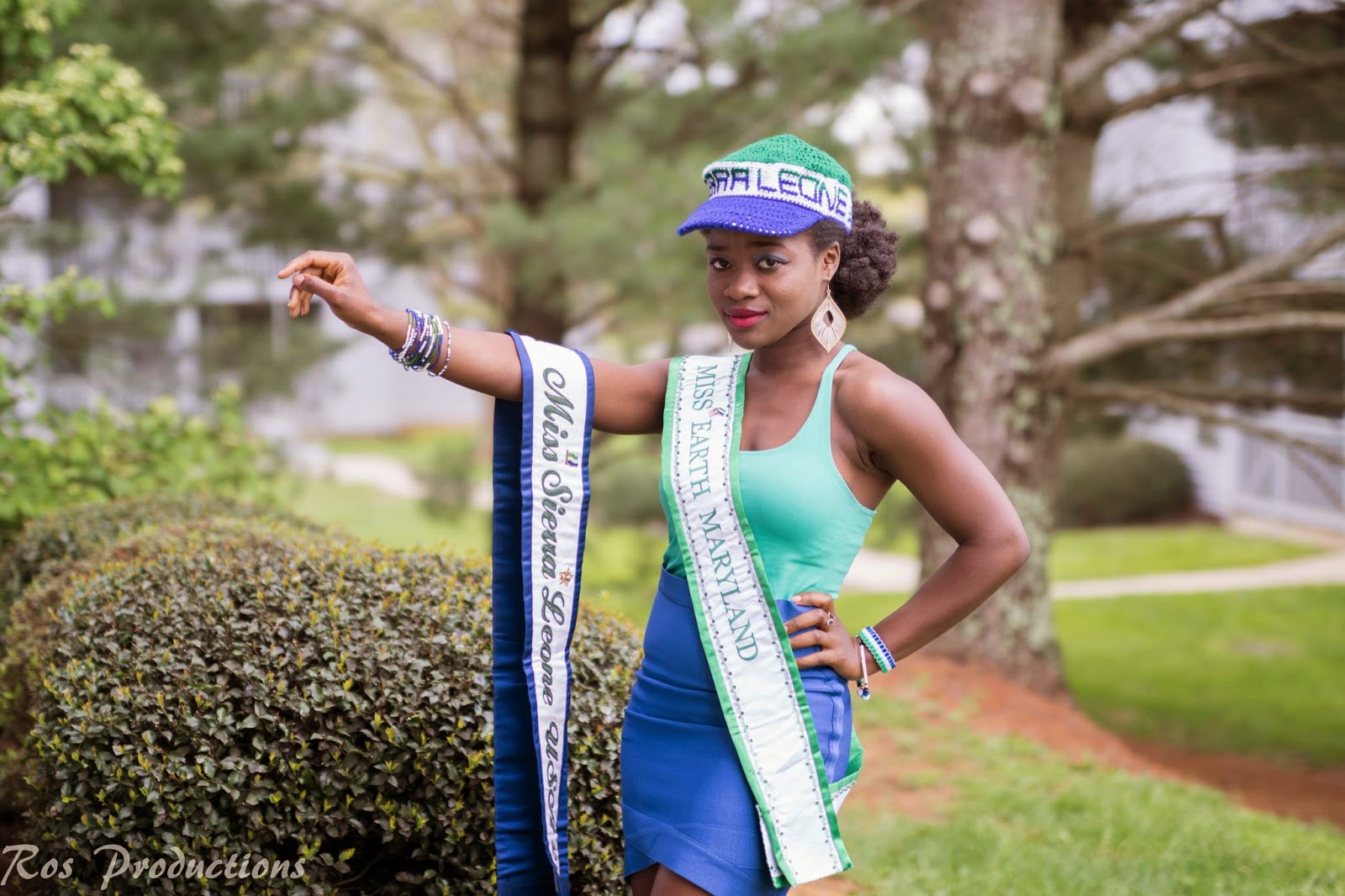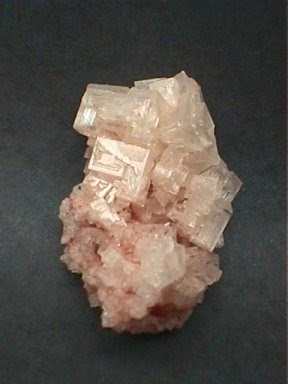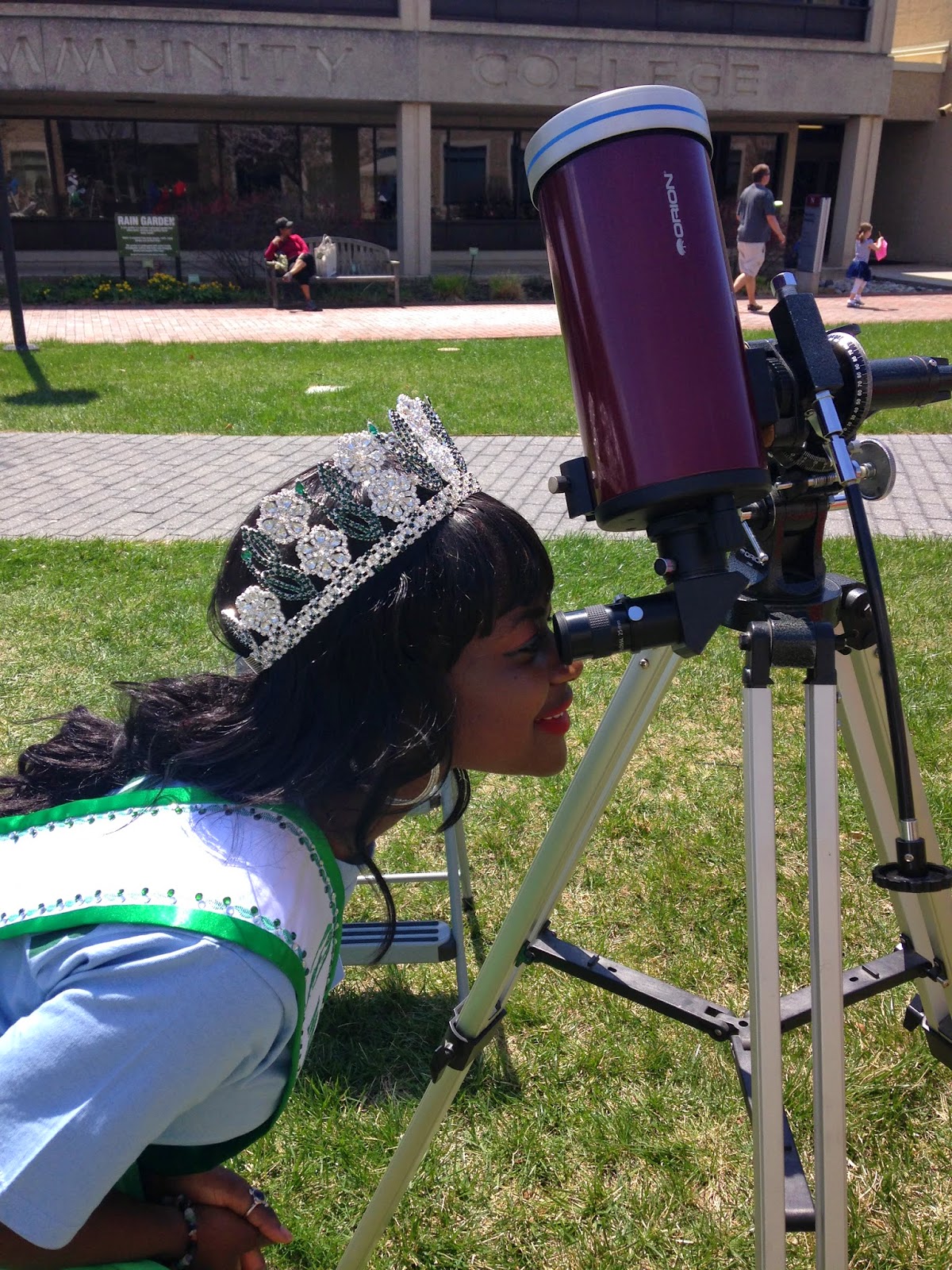Gree(n)tings everyone!!!
I hope you and yours are doing well. I am doing great, thanks be to God! As some of you may know, April commemorates Earth Month! If you are connected with me on Facebook, you will have noticed that every day in the month so far, I've posted interesting tidbits about planet Earth in my
Thank You, Mother Earth series. Below is a summary of Earth Month 2015, Week 1:
Day 1: Recycling
 |
| Miss Earth Maryland 2015 Ruby B. Johnson |
Recycling is a process to change waste materials into new products to prevent waste of potentially useful materials, reduce the consumption of fresh raw materials, reduce energy usage, reduce air pollution and water pollution by reducing the need for "conventional" waste disposal. Recycling is a key component of modern waste reduction and is the third component of the "Reduce, Reuse and Recycle" waste hierarchy. Recyclable materials include many kinds of glass, paper, metal, plastic, textiles, and electronics. The composting or other reuse of biodegradable waste (food or garden waste) is also considered recycling.
Day 2: Green
 |
| Miss Earth Maryland 2015 Ruby B. Johnson |
Green is the symbolic color of environmentalism and sustainability. In many cultures, green is the color associated with nature and growth. Anything can be green—from energy policy to building design, parenting techniques, and economic strategies. Green is often used to describe efforts to reduce the impact of modern human life on the rest of the natural world.
Day 3: Beach
 |
| Miss Earth Maryland 2015 Ruby B. Johnson |
A beach is a landform along the coast of an ocean, sea, lake, or river. It usually consists of loose particles, which are often composed of rock, such as sand, gravel, shingle, pebbles, or cobblestones. The particles comprising a beach are occasionally biological in origin. Some beaches have man-made infrastructure, such as lifeguard posts, changing rooms, and showers. Wild beaches, also known as undeveloped or undiscovered beaches, can be valued for their untouched beauty and preserved nature. Beaches typically occur in areas along the coast where wave or current action deposits and reworks sediments.
Day 4: Tree Branch
 |
| Miss Earth Maryland 2015 Ruby B. Johnson |
A tree branch (sometimes referred to in botany as a ramus) is a woody structural member connected to but not part of the central trunk of a tree (or sometimes a shrub). Large branches are known as boughs and small branches are known as twigs. While branches can be nearly horizontal, vertical, or diagonal, the majority of trees have upwardly diagonal branches. Twig often refers to a terminus, while bough refers only to branches coming directly from the trunk. While branches can be nearly horizontal, vertical, or diagonal, the majority of trees have upwardly diagonal branches.
Day 5: National Forests
 |
| Miss Earth Maryland 2015 Ruby B. Johnson |
National Forest is a classification of federal lands in the United States. National Forests are largely forest and woodland areas owned collectively by the American people through the federal government and managed by the United States Forest Service, part of the United States Department of Agriculture. Land management of these areas focuses on conservation, timber harvesting, livestock grazing, watershed protection, wildlife, and recreation. Unlike national parks and other federal lands managed by the National Park Service, extraction of natural resources from national forests is permitted, and in many cases encouraged. National Forests are categorized by the World Commission on Protected Areas as IUCN Category VI (Managed Resource Protected Area).
Day 6: Plants
 |
| Miss Earth Maryland 2015 Ruby B. Johnson |
Plants bring natural beauty to our living spaces. By creating texture and balance, a room or patio can be transformed into an environment that comforts and welcomes. In addition to calming your heart rate, plants lower blood pressure and reduce muscle tension related to stress. Plants help us relax and focus, leading to increased productivity, creativity, idea generation, and problem-solving capabilities. The presence of plants helps to relieve the symptoms experienced by children with ADD. Additionally, plants help patients recovering from surgery and ease the symptoms of Alzheimer’s.
Day 7: Pond
 |
| Miss Earth Maryland 2015 Ruby B. Johnson |
A pond is a body of standing water, either natural or artificial, that is usually smaller than a lake. They may arise naturally in floodplains as part of a river system, or they may be somewhat isolated depressions. Usually they contain shallow water with marsh and aquatic plants and animals. A few animals also make their home in ponds, including both alligators and beavers. The type of life in a pond is generally determined by a combination of factors including water level regime (particularly depth and duration of flooding) and nutrient levels, but other factors may also be important, including presence or absence of shading by trees, presence or absence of streams, effects of grazing animals, and salinity.
Ruby B. Johnson,
Your Miss Earth Maryland 2015
Continuing the legacy of beauty and responsibility
Help me compete at Miss Earth United States 2015. DONATE HERE


























































